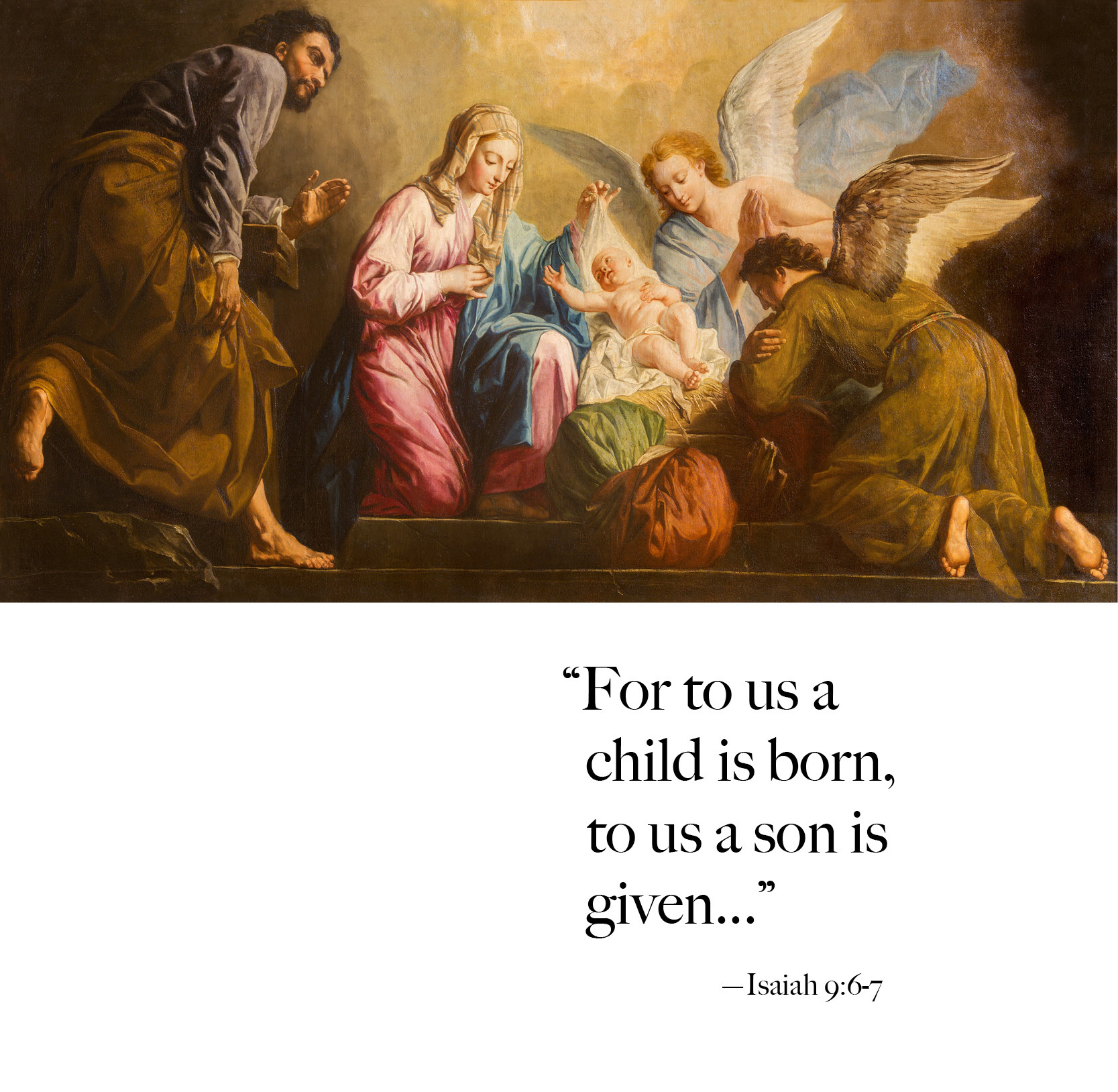Dedication

It’s all about love, friends and family.
With all the “dashing” we’re doing these days, it’s good to pause and reflect on some of the more commonly observed holiday traditions. History has always fascinated me. My blog today lands on the Jewish festival of Hanukkah, a celebration that commemorates the rededication of the Second Temple in Jerusalem during the second century B.C. The festival lasts for eight nights and days and holds significant historical and cultural importance in the Jewish tradition with its origins rooted in a tale of resilience and religious freedom. I thought it would be fun to explore the history behind Hanukkah and how the observance has lasted for so many years. Enjoy, and thanks to Google and Wikipedia for the info. Shalom.
The story of Hanukkah begins with the Seleucid King Antiochus IV, who ruled over the Hellenistic Seleucid Empire from 175 B.C.to 164 B.C. The Seleucid Empire was one of the successor states to Alexander the Great’s vast empire, encompassing parts of Asia and the Middle East.
Antiochus IV is particularly known for his controversial and oppressive policies toward the Jewish people, as highlighted in the story of Hanukkah. He ascended to the throne after the death of his brother, Seleucus IV Philopator. Antiochus IV sought to strengthen and expand the influence of Hellenistic culture throughout his kingdom, including the territories that included Judea, where a significant Jewish population resided.
In an attempt to Hellenize the region and consolidate his power, Antiochus IV took drastic measures against the Jewish faith. He outlawed Judaism, desecrated the holy Second Temple in Jerusalem, and imposed severe restrictions on Jewish religious practices. The king went so far as to place a statue of Zeus in the temple, an act considered sacrilegious by the Jewish people.
These oppressive measures sparked widespread discontent and resistance among the Jewish population. The Maccabean Revolt, led by a priest named Mattathias and his five sons, known as the Maccabees, fought against Antiochus IV.. The Maccabees initiated a guerilla warfare campaign against the powerful Seleucid army., The Maccabees managed to reclaim the temple after a series of strategic victories and the establishment of the festival of Hanukkah.
Upon entering the temple, the Maccabees discovered that there was only enough oil to light the menorah, a seven-branched candelabrum, for one day. However, a miracle occurred, and the small amount of oil miraculously burned for eight days, allowing the Jewish people to rededicate the temple. This miraculous event is at the heart of the Hanukkah celebration and is symbolized by the lighting of the menorah over eight nights.
Hanukkah, which means “dedication” or “consecration” in Hebrew, became a symbol of Jewish resistance against religious persecution and the fight for religious freedom. The festival’s customs and traditions evolved over time, incorporating both religious and secular elements.
One of the central customs of Hanukkah is the lighting of the menorah. Each night, an additional candle is lit until all eight candles, plus the central or “shamash” candle, are lit by the eighth night. Families often gather around the menorah to recite blessings, sing traditional songs, and exchange gifts. The menorah’s lights are placed in windows to publicize the miracle and symbolize the triumph of light over darkness.
Traditional foods associated with Hanukkah include latkes, which are potato pancakes fried in oil, and sufganiyot, jelly-filled doughnuts. The consumption of fried foods during Hanukkah serves as a reminder of the miracle of the oil that burned for eight days.
The themes of religious freedom, cultural identity, and resistance against religious oppression is embedded in the Hanukkah story and continues to resonate with people across generations. As a result, the festival has retained its relevance and continues to be observed with enthusiasm and devotion still today. The triumph of light over darkness holds a special place in the hearts of Jewish communities worldwide, providing a time for reflection, gratitude, and the sharing of joy with family and friends.
::::::::::::::::::::::::::::::::::::::::::::::::::::::::::::::::::::::::::::::::::::::::::
DO YOU LIKE CONTESTS?
Me, too.
As you may know the Kowalski Heat Treating logo finds its way
into the visuals of my Friday posts.
I. Love. My. Logo.
One week there could be three logos.
The next week there could be 15 logos.
And sometimes the logo is very small or just a partial logo showing.
But there are always logos in some of the pictures.
So, I challenge you, my beloved readers, to count them and send me a
quick email with the total number of logos in the Friday post.
On the following Tuesday I’ll pick a winner from the correct answers
and send that lucky person some great KHT swag.
So, start counting and good luck!
Oh, and the logos at the very top header don’t count.
Got it? Good. :-))))
Have fun!!
::::::::::::::::::::::::::::::::::::::::::::::::::::::::::::::::::::::::::::::::::::::::::



